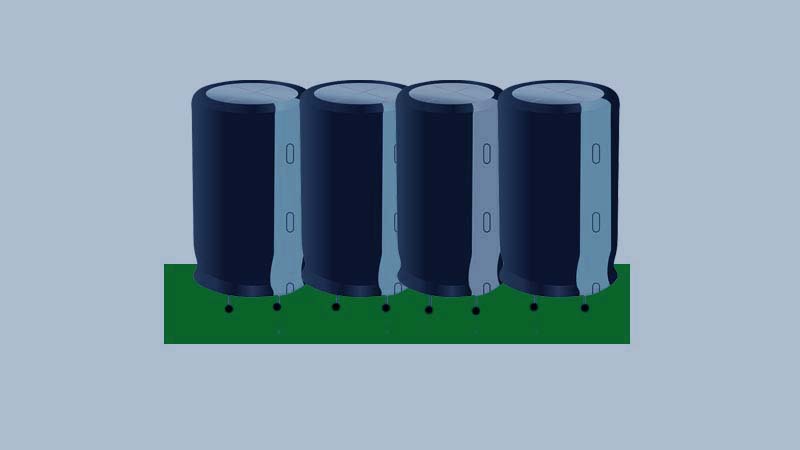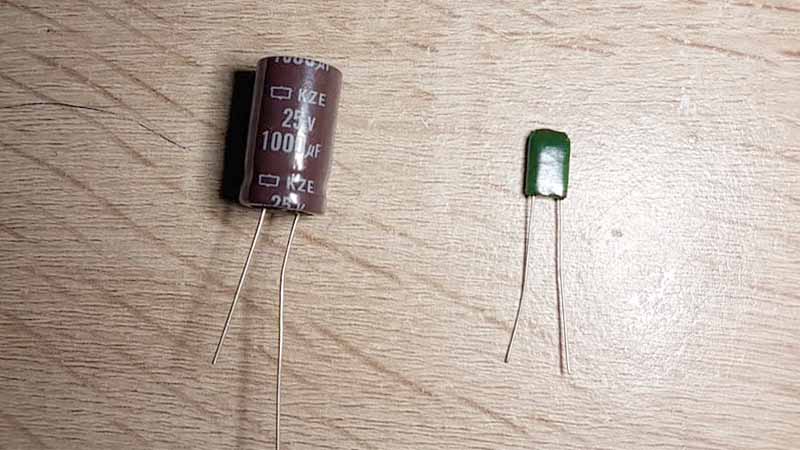The difference between a supercapacitor and a regular capacitor is the high capacitance of a supercapacitor because of the double layers. Since a supercapacitor is an excellent system for a variety of applications, storage of energy is crucial to its success. Here, we will discuss the ways of charging supercapacitor banks for energy storage. To do this, we will look at various aspects of a supercapacitor to understand how it is charged.
Introduction:
Supercapacitors (SCs) are used in varied power management applications. For example, in the automotive industry, it is used in start-stop systems. supercapacitors provide the energy needed for restarting the combustion engine. It is also responsible for regenerative braking and accepts kinetic energy used during braking.
People prefer supercapacitors because they can be charged more times compared to lead-acid batteries. These kinds of capabilities are what make supercapacitors so attractive for quick-recharge cordless power tools, industrial backup power supply systems, and remote sensors. In all these applications, constant replacement of batteries is not practical, thus the convenience of using supercapacitors.
Read also:
- Top 5 Best Replacement Battery for MacBook Pro 13″ and 15″
- Carbon Nanotubes for Supercapacitor Applications
- Battery Lithium-ion vs. Supercapacitor Jump Starter (Pros and Cons)
System elaboration
In order to understand the charging of supercapacitor banks for energy storage, you must understand the system configurations of supercapacitors.
To start, designers must elaborate on their energy storage configuration. The second decision is the voltage at which the energy is stored. The solution charging solutions depend on the following:
- Power requirements
- Voltage of the load
- The capabilities of the energy and the voltage
When the designer decides on the ideal solution, the overall performance and cost are measured against each other to determine viability.
System design and challenges
After a supercapacitor cell is chosen, the system designer engages the right voltage for the cell to be charged. This is the first challenge system designers face as it becomes hard to target the right voltage. It must be done factoring the rating curves of the SC. A majority are within the range of 2.5V to 3.3V at room temperature. When charging a supercapacitor banks for energy storage, the target voltage must not reach the maximum voltage of the SC. This helps in extending the operating life.
The next step is to choose the voltage for supercapacitor banks. The configurations of the supercapacitors can be in series, parallel, or a combination of the two.
If you choose the series combination, then the maximum desired voltage will influence the number of cells used.
Therefore, you need to consider these important voltage considerations when charging a supercapacitor banks for energy storage.



